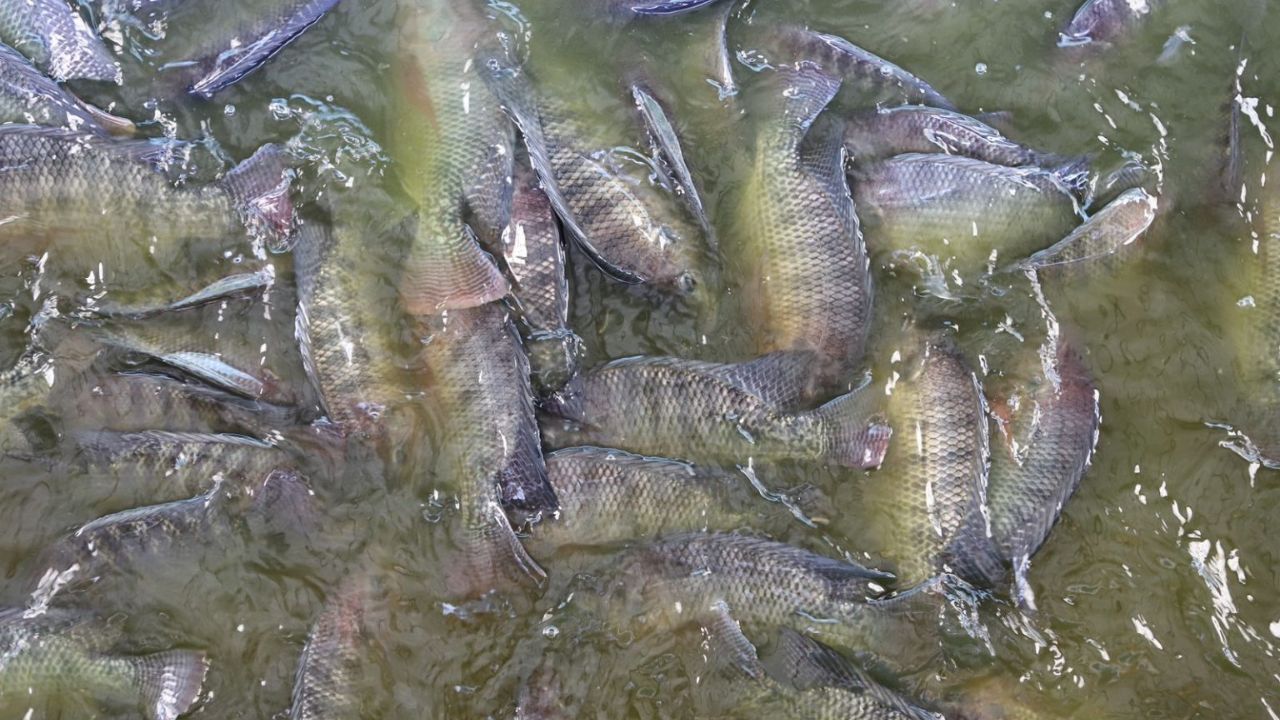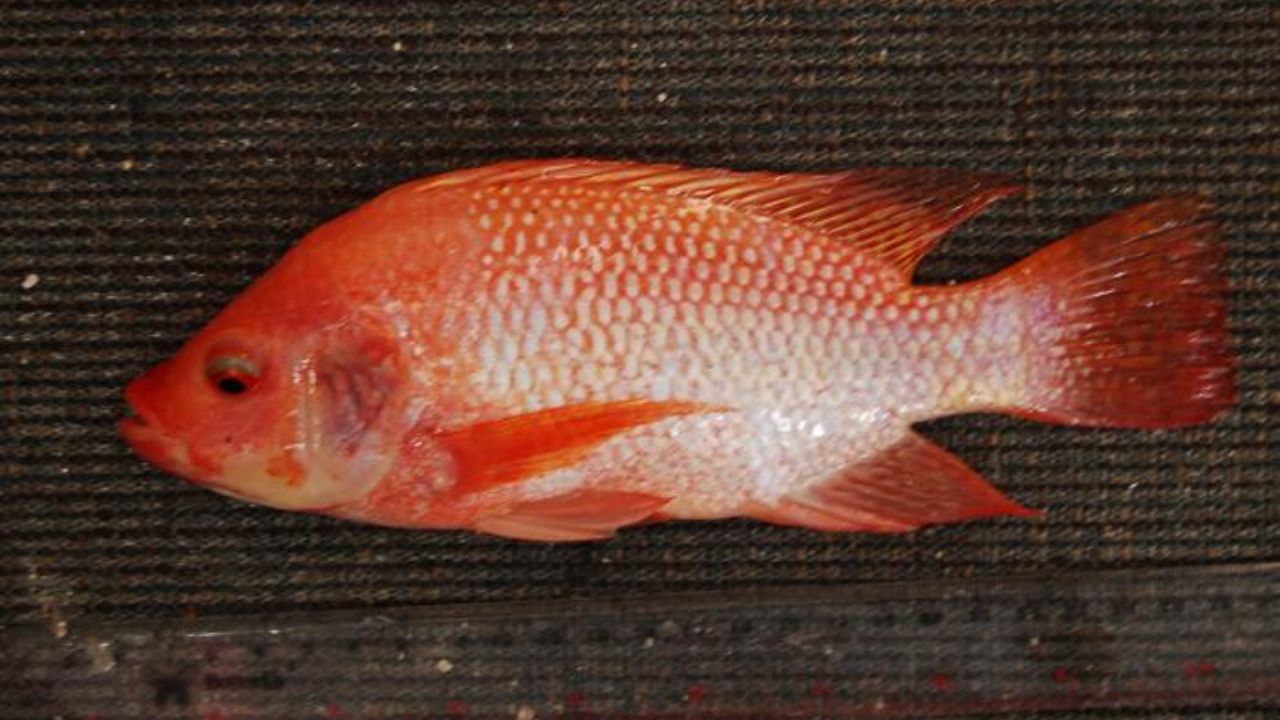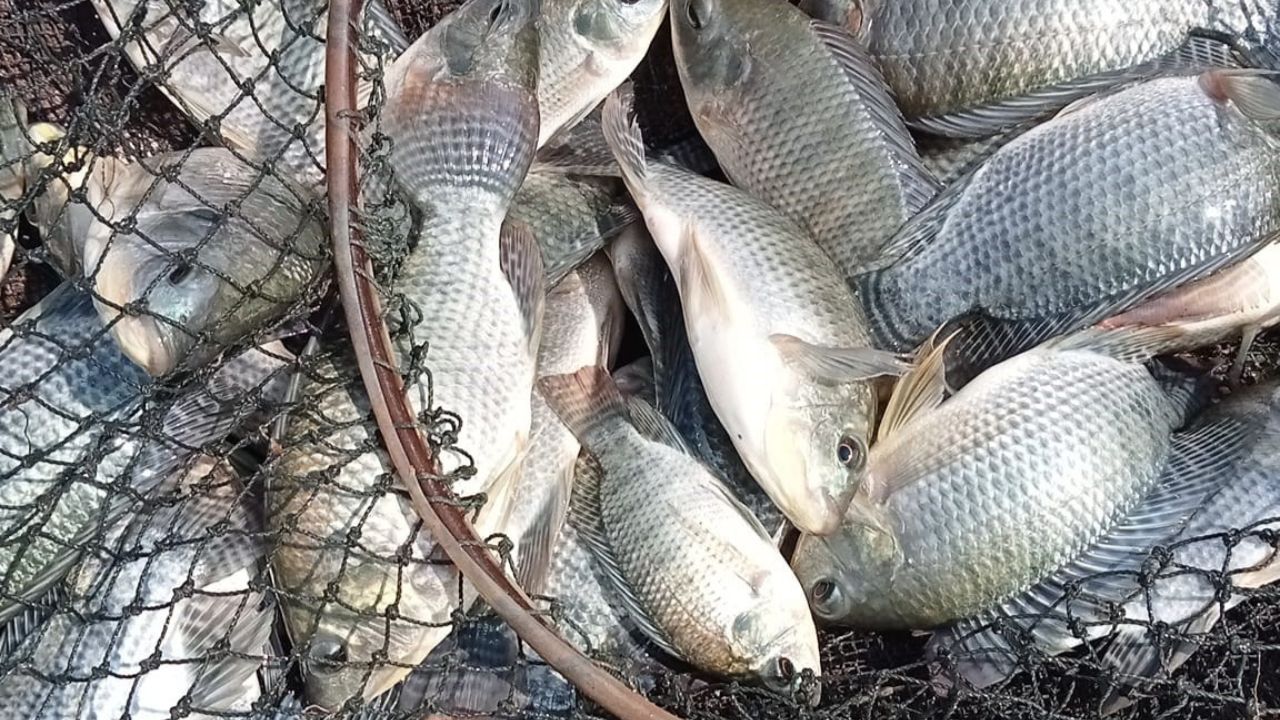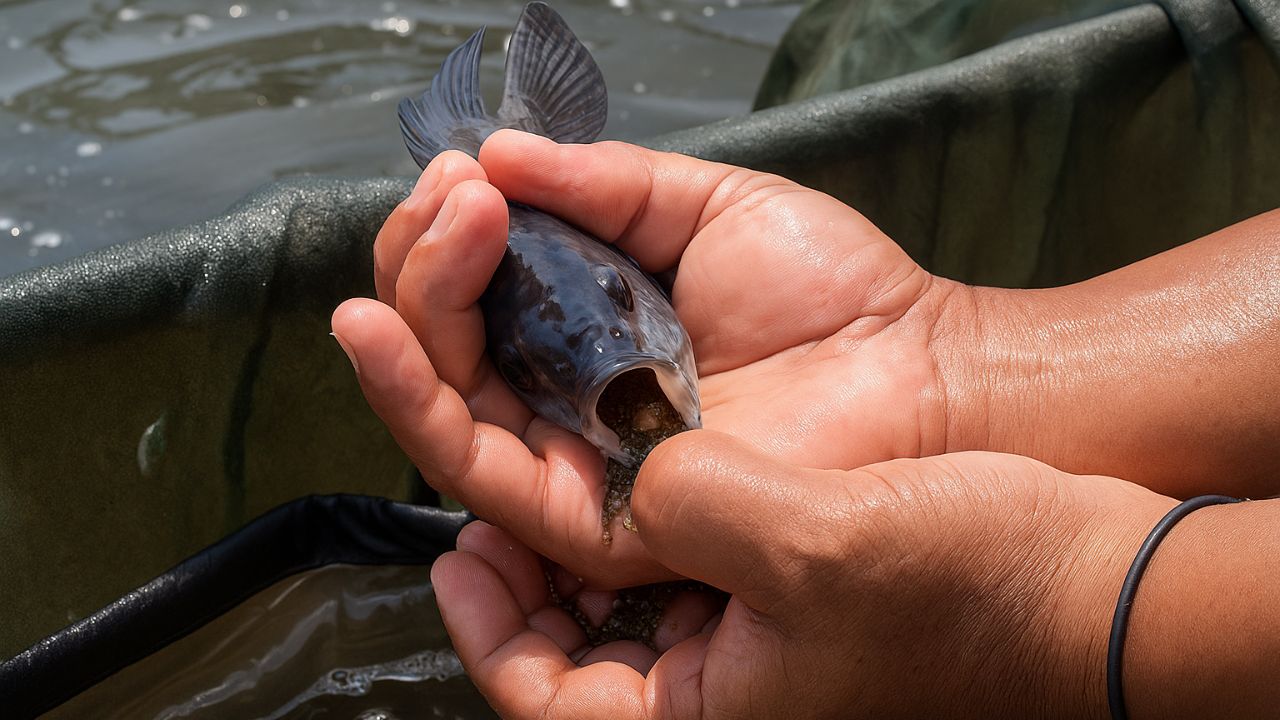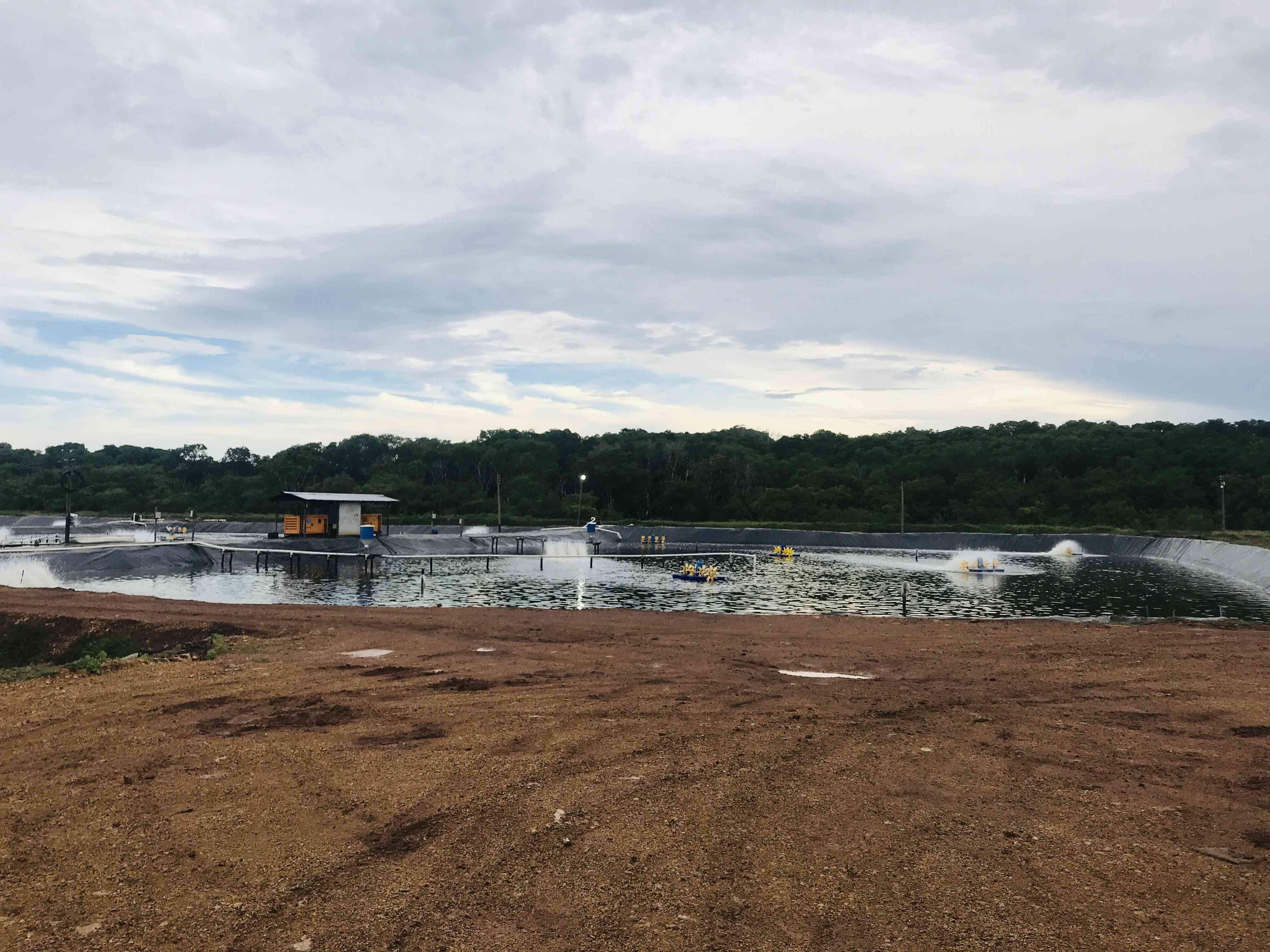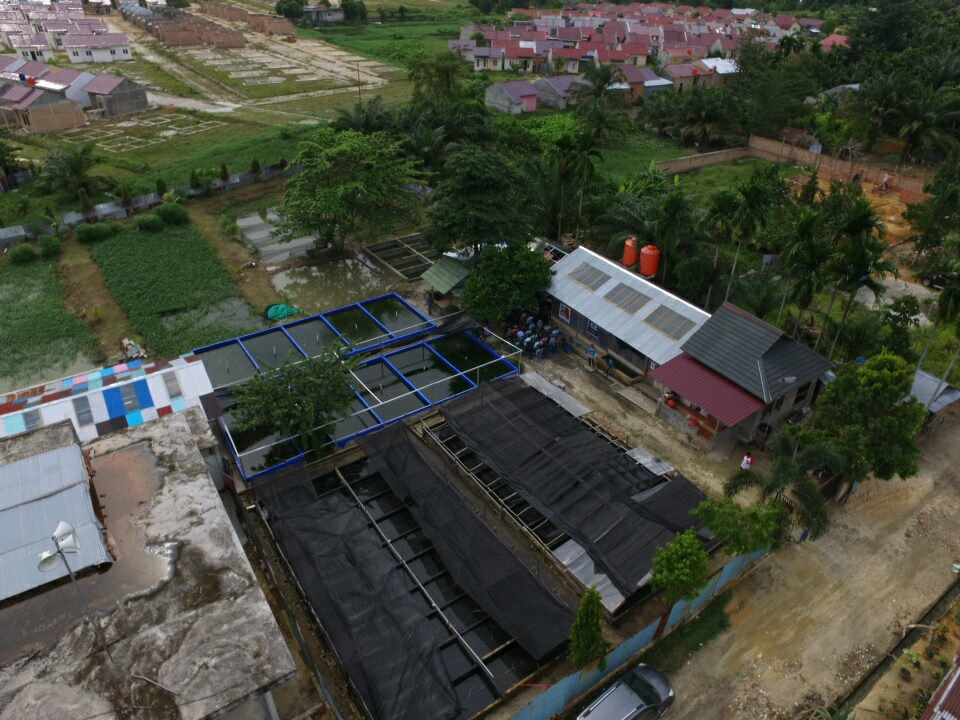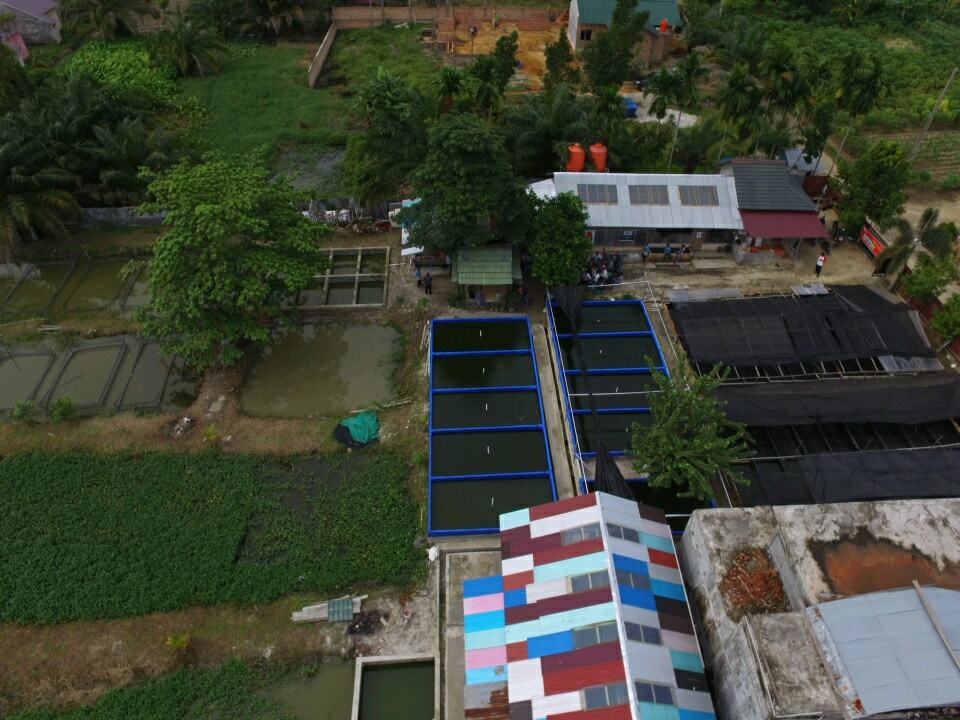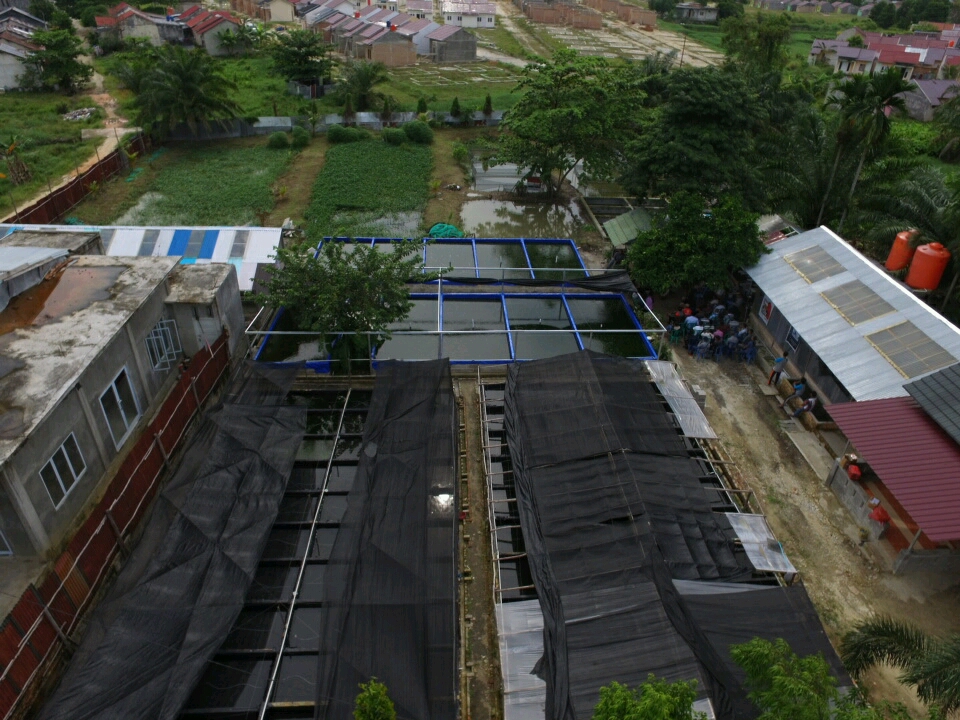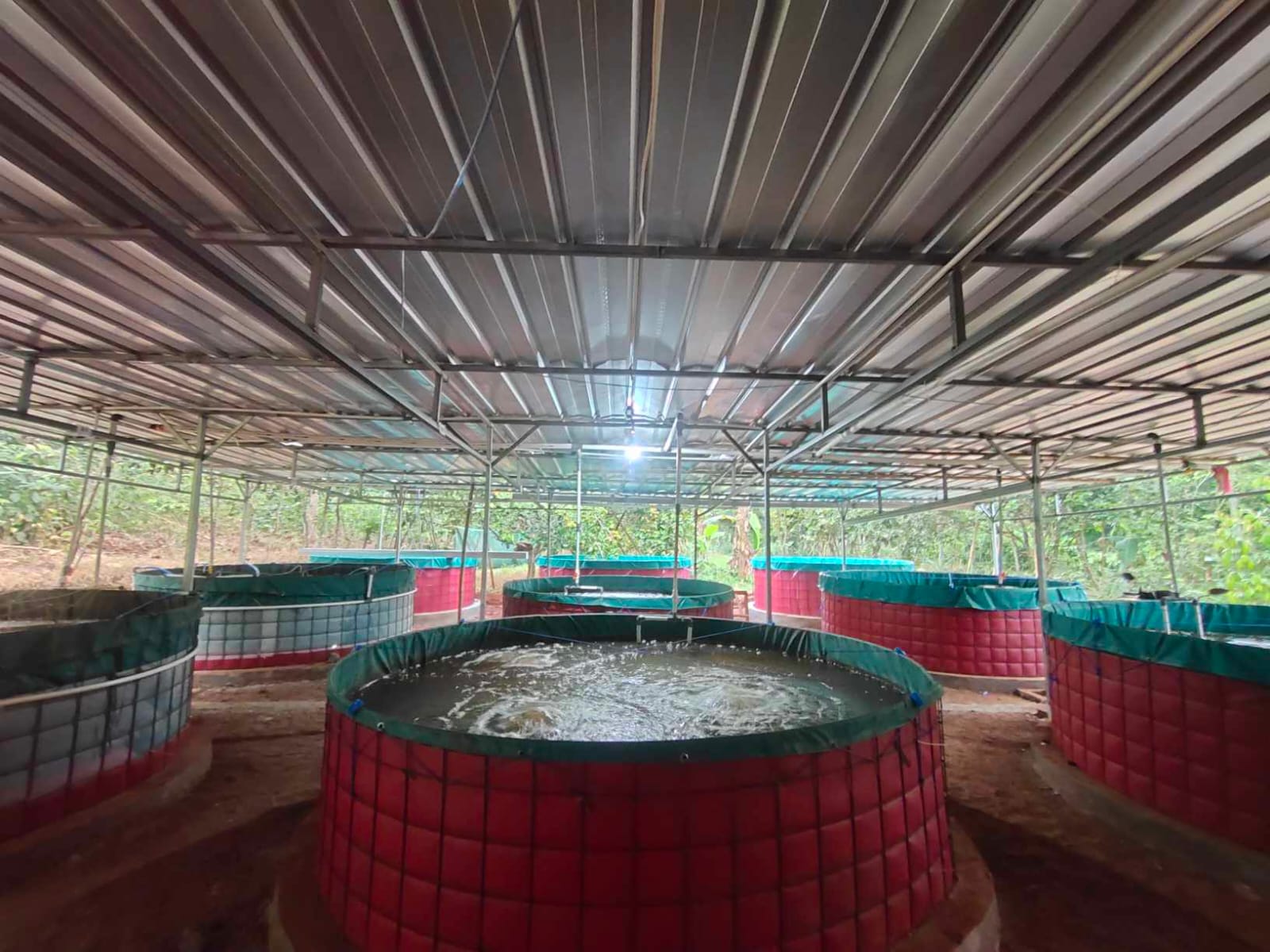The polyculture system is a fish farming method that combines two or more different fish species in one pond. The selection of fish species in this system is based on different characteristics, especially in terms of food requirements, to avoid competition between species. In polyculture, the fish being cultivated have their respective roles that complement each other so as to create a balanced ecosystem in the pond. For example, some species may be more effective at consuming certain types of feed or more resistant to different environmental conditions, thereby minimizing competition and increasing resource use efficiency.
This system is often referred to as a symbiotic mutualism system because no party is harmed, but all parties benefit from each other. Fish in polyculture ponds are able to live side by side in harmony, taking advantage of their different characteristics to support each other's growth and health. This is different from a monoculture system which only relies on one type of species, which is often susceptible to disease and environmental fluctuations. In polyculture, species diversity helps stabilize the ecosystem and reduces the risk of crop failure.
The benefits of the polyculture system are not only felt by the fish being cultivated, but also by the farmers who cultivate fish in this system, such as salted tilapia and vannamei shrimp. By combining two species that have high economic value, cultivators can maximize harvest yields and reduce operational costs. Saline tilapia, for example, is able to live in high salinity environments which are also ideal for vannamei shrimp, so both can grow well in the same pond. Apart from that, this system also helps in better management of the pond environment, because each species has a role in keeping the water clean and healthy.
Basic concepts of polyculture
The basic principle of polyculture cultivation is to maximize the potential that exists in the pond ecosystem. This involves utilizing the availability of natural food found in the pond, as well as maintaining water quality, especially sufficient oxygen content to support fish life. In this way, the need for additional feed and artificial aeration can be reduced, thereby reducing operational costs. The polyculture system also allows for optimal use of space and resources, where various fish species can grow together without disturbing each other.
The main goal of the polyculture system is to maximize the potential of existing resources to produce high yields with minimal additional input. Therefore, the benefits of polyculture can be seen from several perspectives. Technically, polyculture allows the use of organic materials available in ponds, such as food scraps and fish waste, which can be processed into nutrients for other species. From an economic perspective, polyculture offers advantages by increasing crop yields through efficient use of inputs and reducing feed costs as well as shorter harvest times. Environmentally, polyculture helps maintain the balance of the pond ecosystem by reducing organic waste that can pollute the water, as well as improving the ecological quality of the pond through diversifying species which play a role in maintaining the cleanliness and health of the water.
Development of various commodities in a polyculture system
The polyculture system not only provides opportunities to increase the efficiency and sustainability of cultivation, but also allows the development of various types of fish and shrimp commodities. Some examples of species that are often cultivated in polyculture systems include goldfish, tilapia, catfish, vannamei shrimp, and tiger prawns. This diversity provides flexibility for farmers in choosing a combination of species that suits the environmental conditions of the pond and market demand. Apart from fish and shrimp, the polyculture system can also be applied to crab cultivation, which adds to the economic value of aquaculture cultivation.
However, on this occasion, we will focus on discussing fish polyculture between salted tilapia and vannamei shrimp. These two types of fish have high market value in society and are also popular fisheries commodities. Salin tilapia, which was developed by the Agency for the Assessment and Application of Technology (BPPT), is able to live in environments with high salinity levels, which is also suitable for cultivating vannamei shrimp. This combination not only allows both species to grow well together, but also takes advantage of their respective advantages in maintaining water quality and reducing the risk of disease.
Saline tilapia cultivation center visited by the President of the Republic of Indonesia, Joko Widodo
The name "saline tilapia" is taken from its ability to survive in water with salinity levels of up to 20 ppt. This is very profitable because the ideal cultivation medium for vannamei shrimp has a salinity level of 15-25 ppt. Apart from that, salted tilapia also has a more savory taste and is much sought after by the general public. However, saline tilapia cultivation is still limited because some farmers prefer to cultivate vannamei shrimp only.
Benefits of saline vannamei shrimp and tilapia polyculture
Shrimp polyculture with tilapia can also reduce losses due to disease, a problem often faced in monoculture cultivation. In a polyculture system, tilapia cultivated with shrimp have better resistance to disease. This is because the types of pathogens that cause disease in tilapia and shrimp are different, so the risk of disease transmission between species can be minimized. Tilapia's relative resistance to disease makes it easier for them to survive conditions that might otherwise affect shrimp, thereby creating a more stable and healthy environment.
Another advantage of shrimp polyculture with tilapia is the tilapia's ability to clean water from dirt which can be a source of disease. Tilapia have feeding habits that help reduce the amount of organic waste in the pond. They will eat food scraps, algae, and even dead shrimp. This process not only helps keep the water clean but also reduces the risk of spreading disease caused by pathogens that grow on decaying organic matter. By reducing decaying organic matter, the water quality in the pond can be maintained at an optimal level for shrimp growth.
Additionally, polyculture with tilapia can reduce the problem of cannibalism among shrimp. Cannibalism is one of the main causes of disease spread in shrimp farming, where larger shrimp eat smaller or sick ones. When tilapia are present in a pond, they will eat shrimp that have died before others have time to do so, thereby reducing the risk of cannibalism.
Vannamei shrimp are suitable for polyculture cultivation systems with fish tilapia translation
The presence of tilapia in ponds also contributes to the biological management of pests and diseases. Because tilapia are omnivorous fish, they help control populations of organisms that can be disease vectors for the shrimp. For example, some parasites and microorganisms that may not affect tilapia but are harmful to shrimp can be controlled through the tilapia diet. This provides additional protection for the shrimp and ensures that the farming environment remains healthy.
Conclusion
Polyculture systems offer a variety of significant advantages both from a technical, economic and environmental perspective, making them a very efficient and sustainable solution for cultivators. By utilizing organic materials available in the pond, this system can save input costs such as feed and additional chemicals. In addition, the presence of various species in ponds helps improve ecological quality by reducing organic waste and maintaining the natural balance of the water ecosystem. The combination of cultivating saline tilapia and vannamei shrimp is a successful example of implementing a polyculture system that is not only economically profitable but also supports environmental sustainability. Saline tilapia helps keep water clean and reduces the risk of disease, while vannamei shrimp provide high economic value that contributes to increasing farmers' income.
With all the existing benefits, polyculture systems are worthy of consideration and further development in the aquaculture industry to achieve more efficient, environmentally friendly and sustainable production results in the future. Integrating polyculture into modern cultivation practices can be an important step in ensuring food security, economic sustainability and overall ecosystem health.




